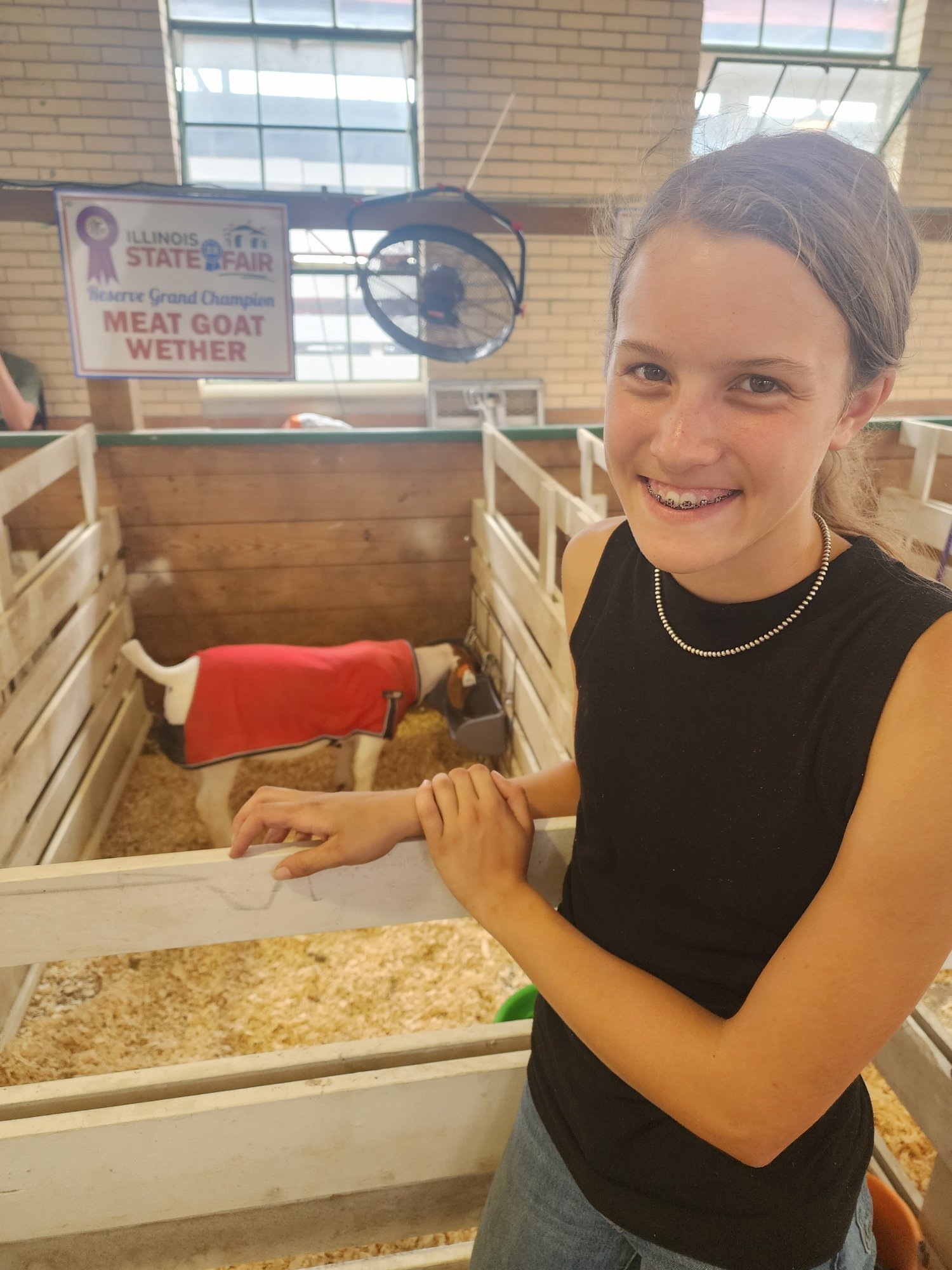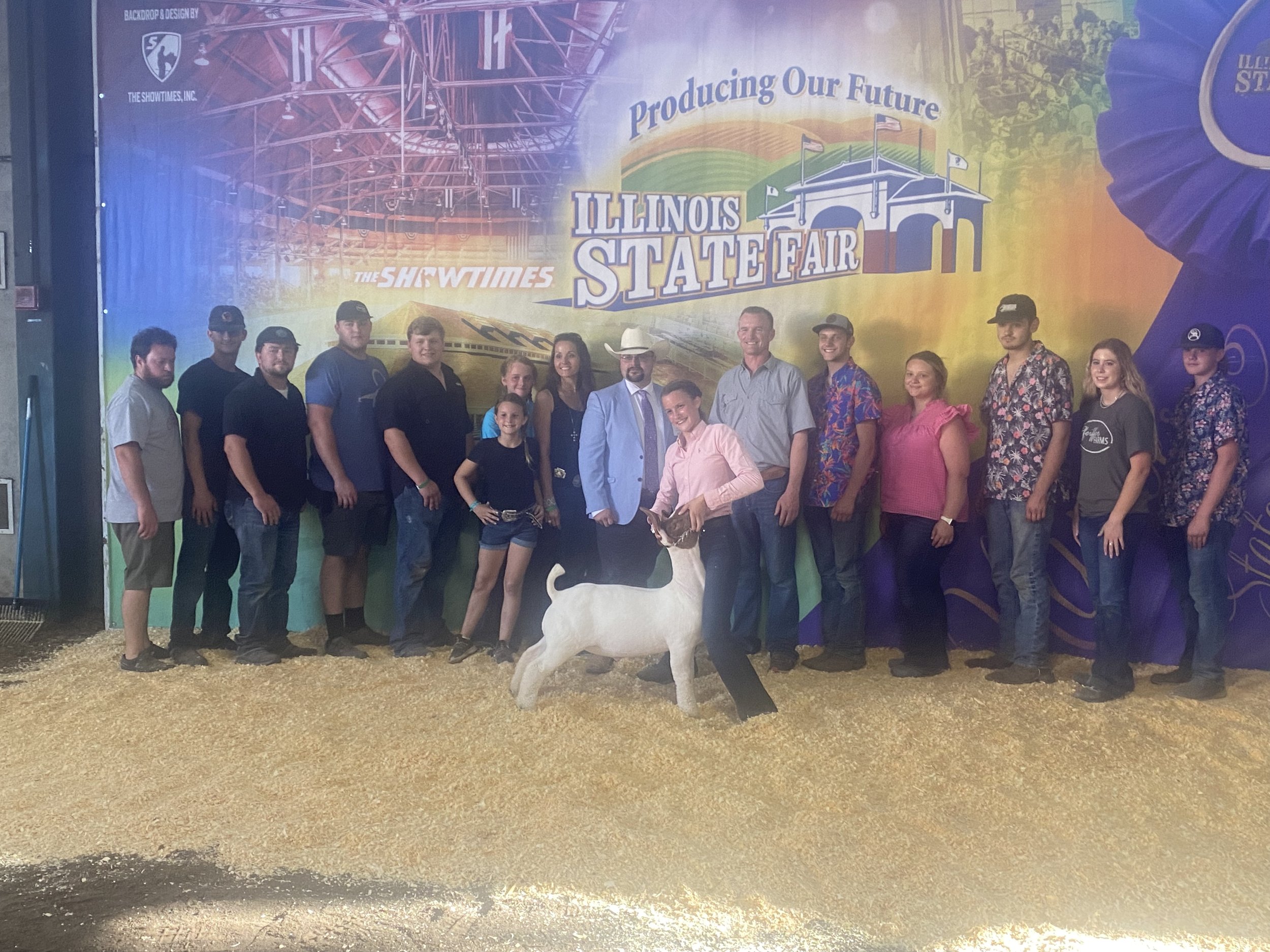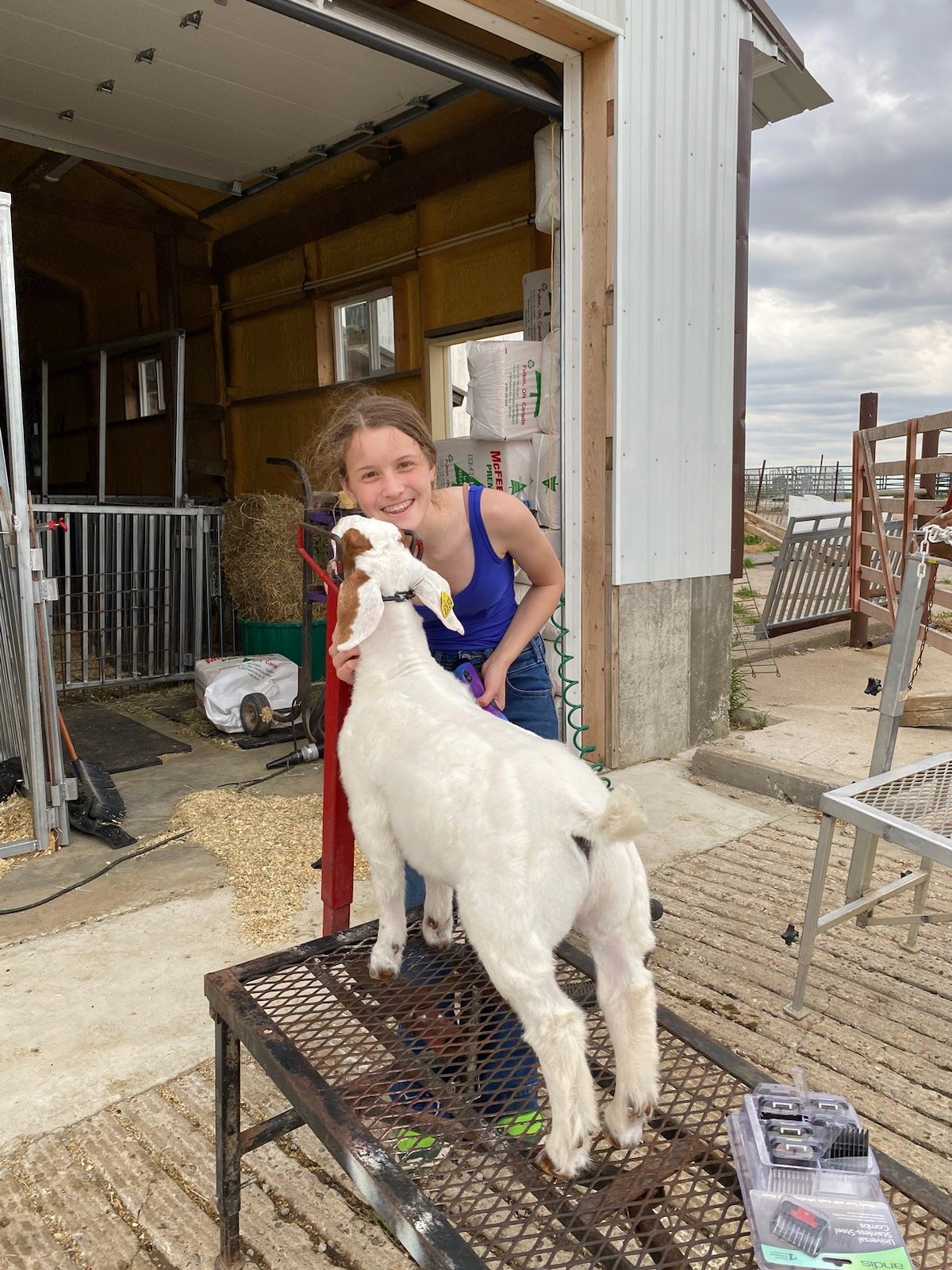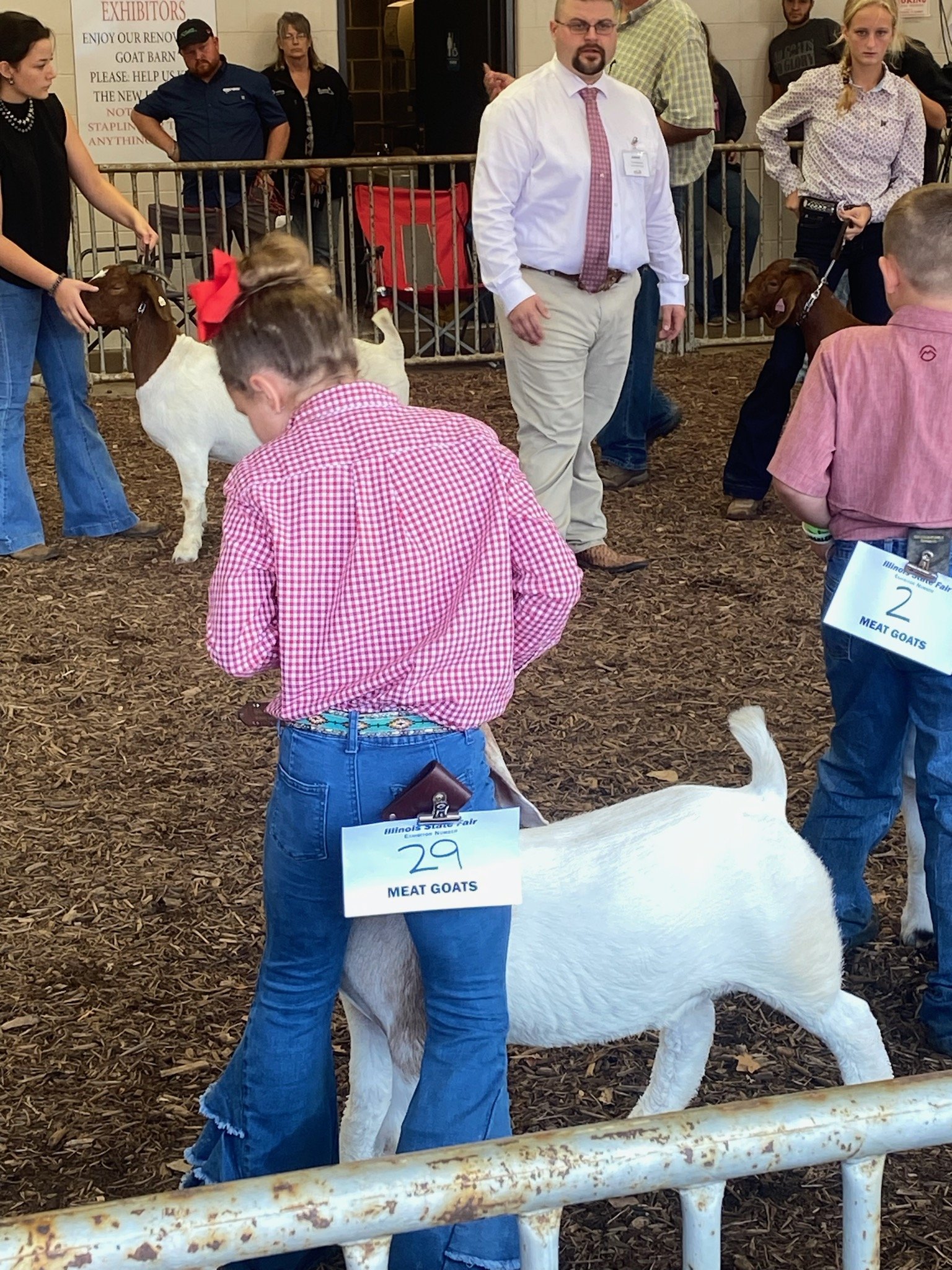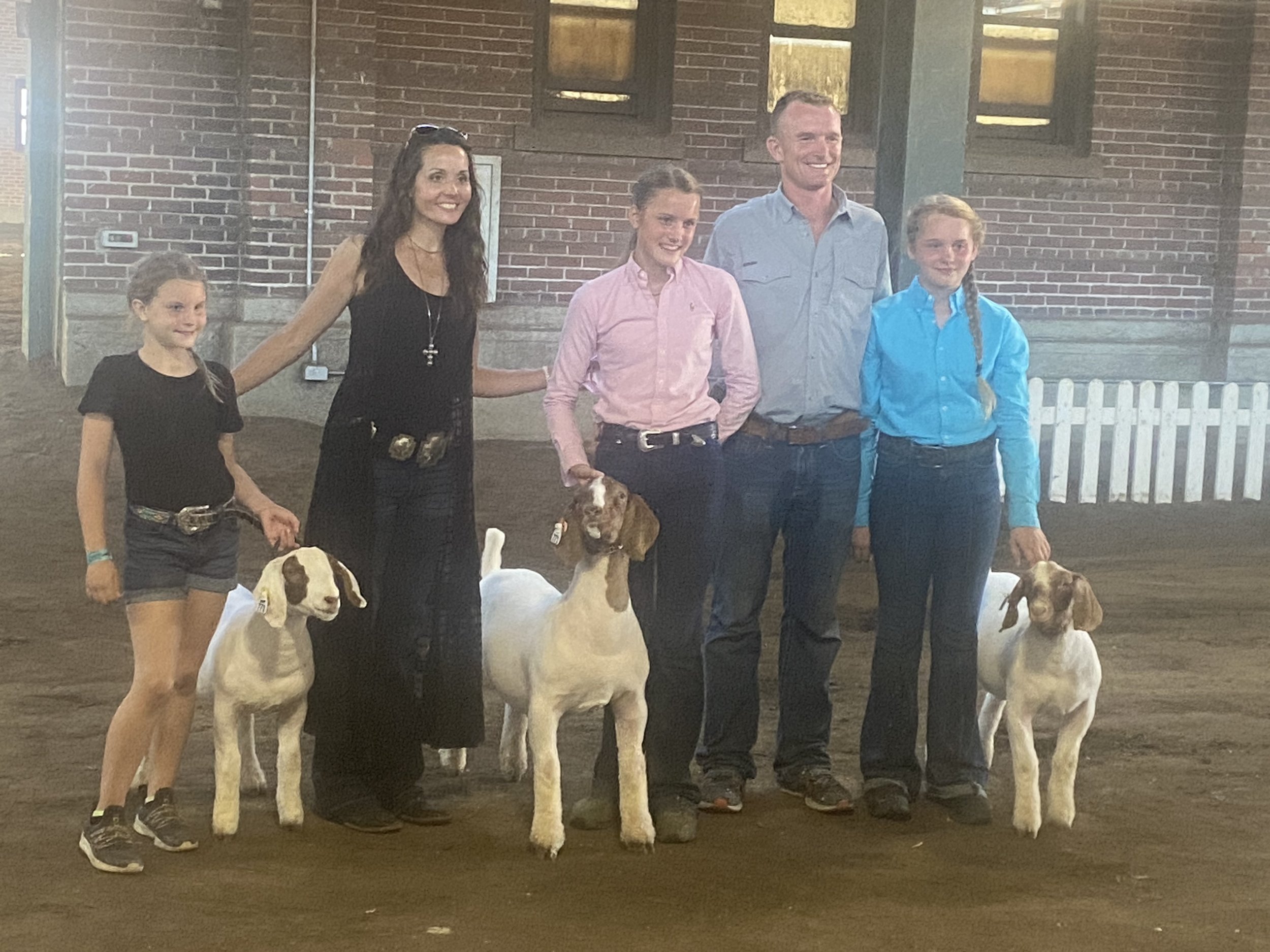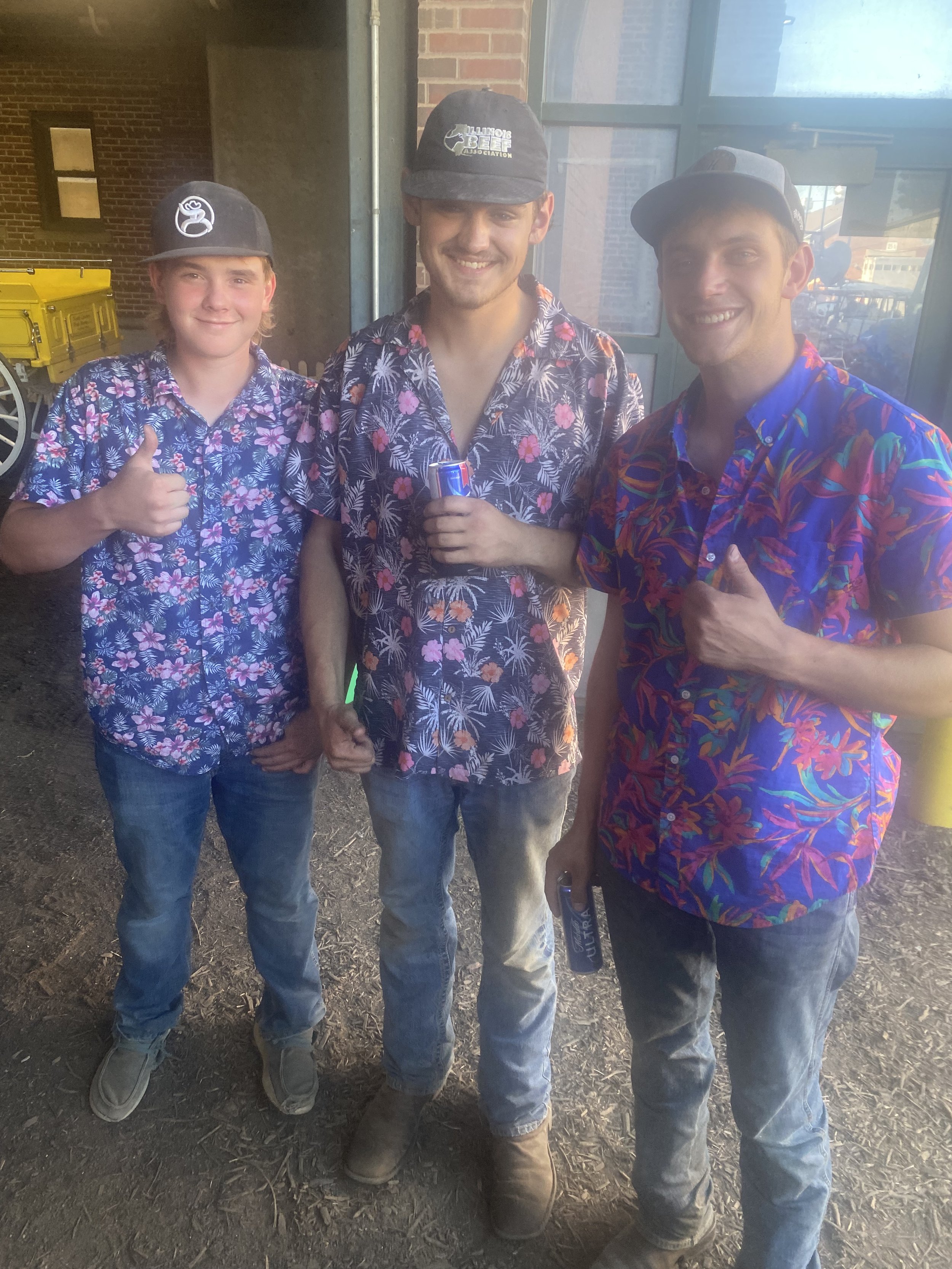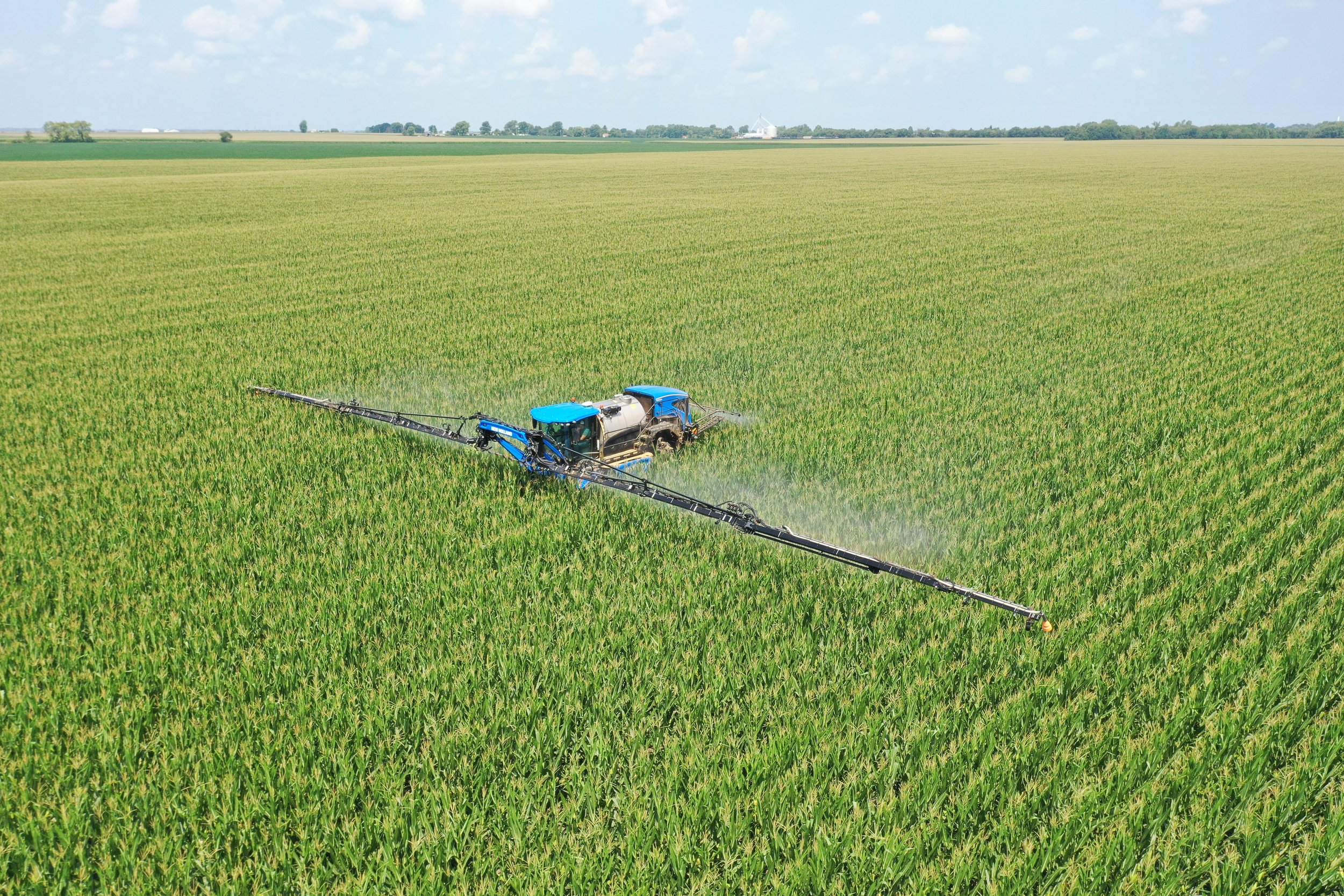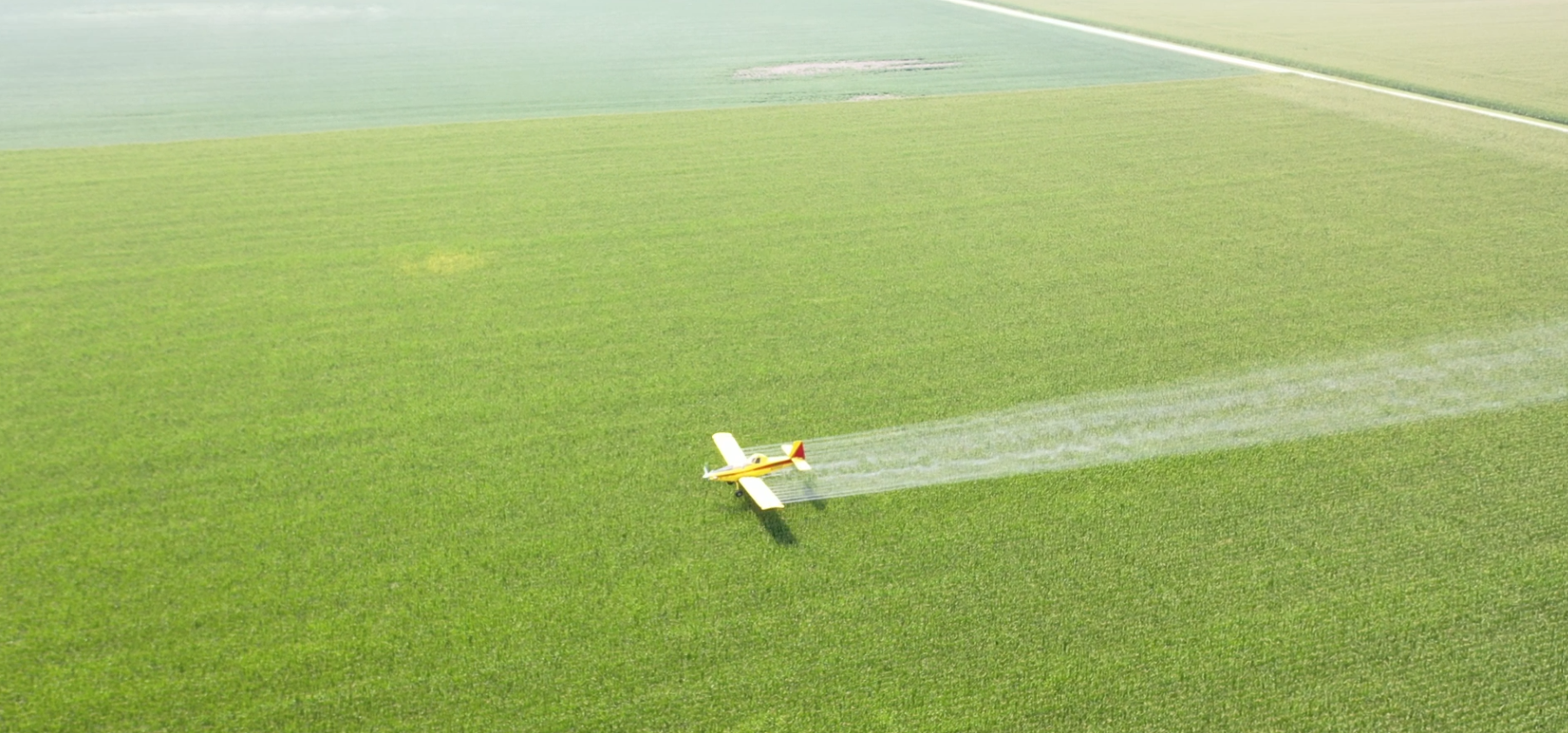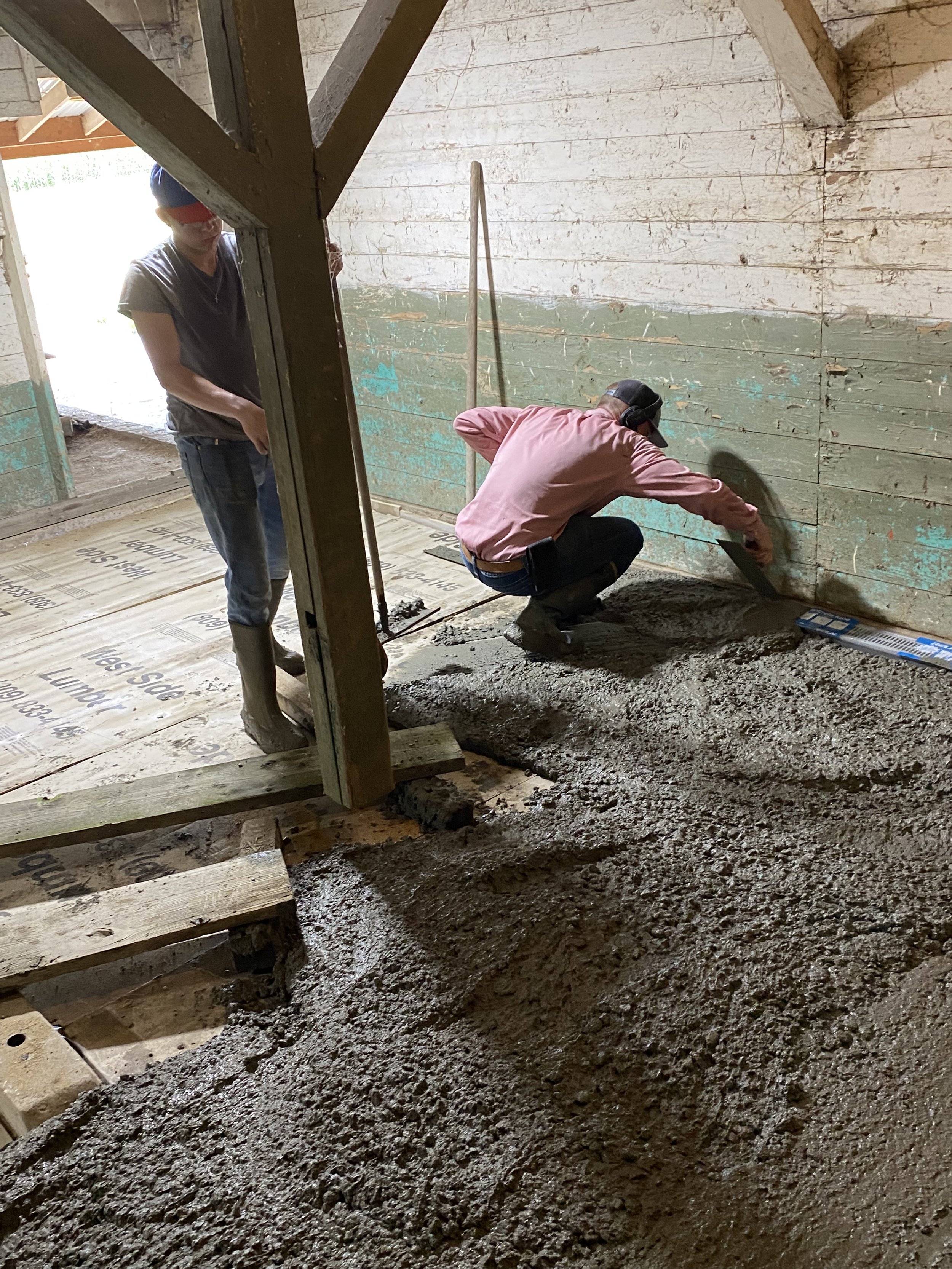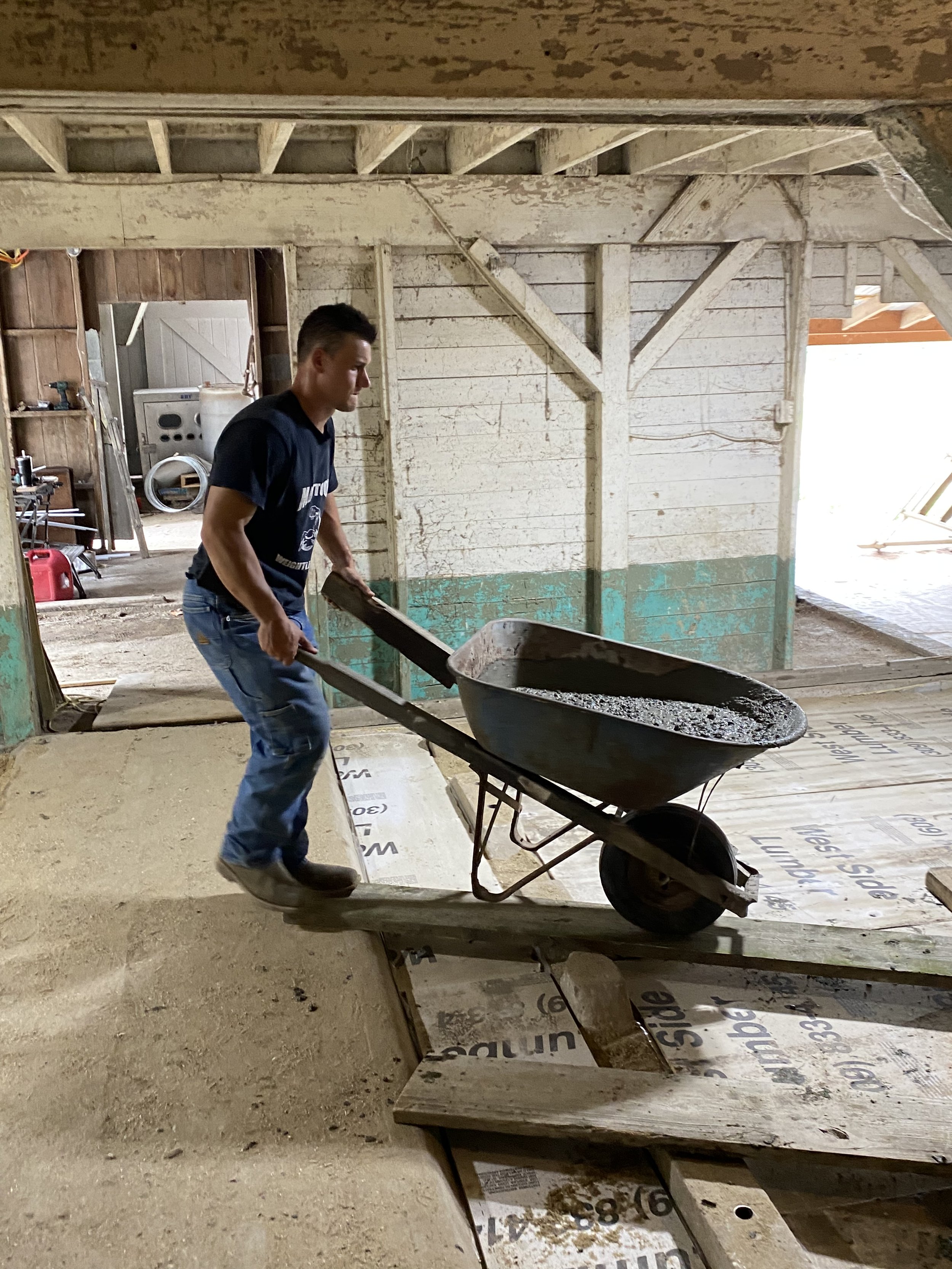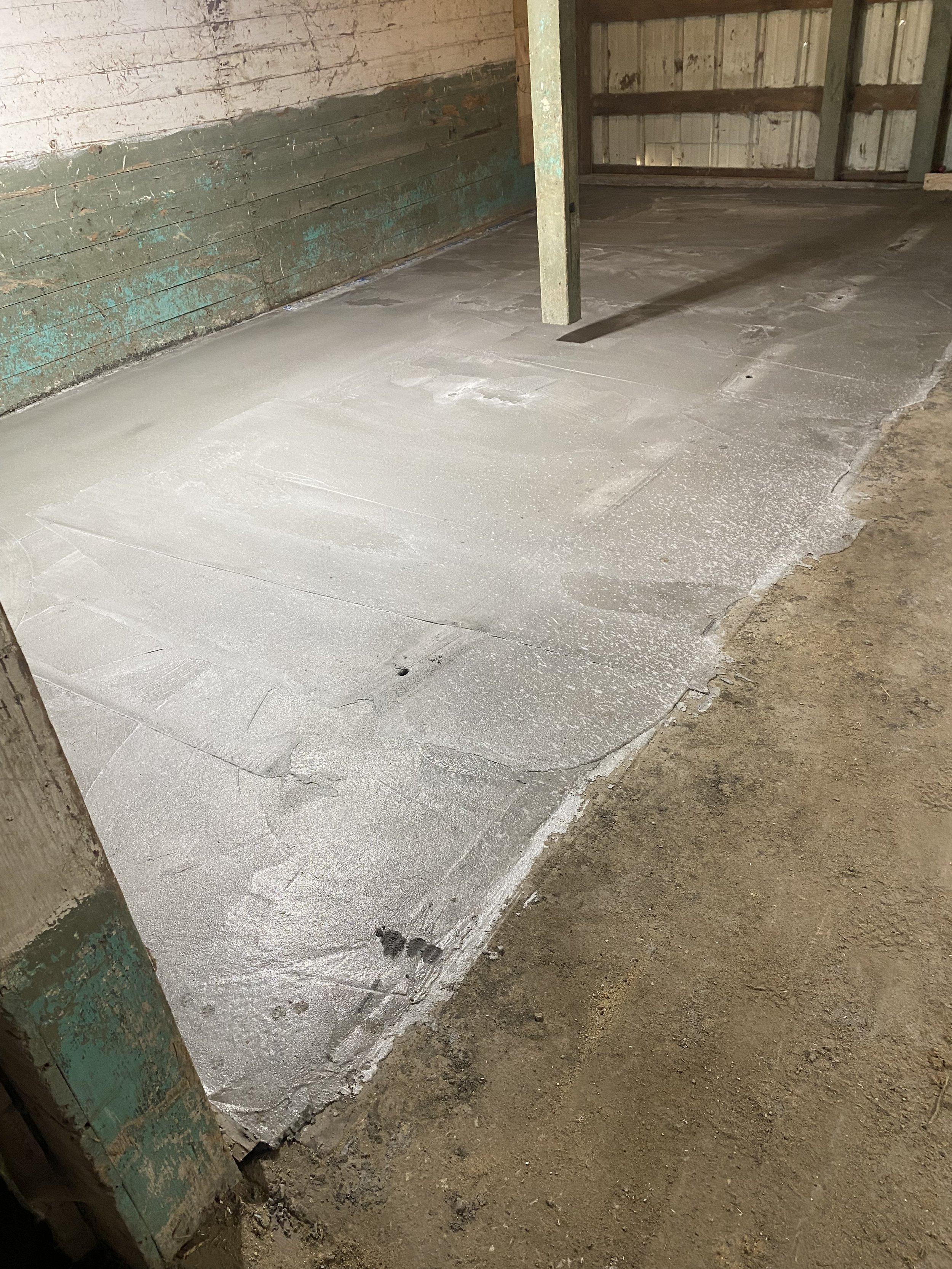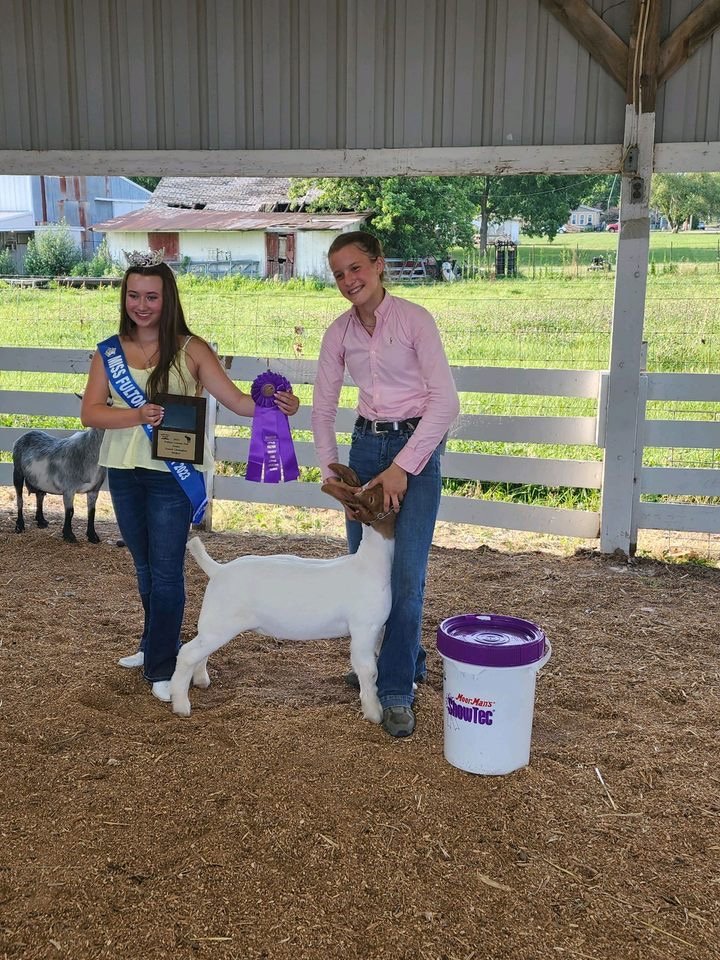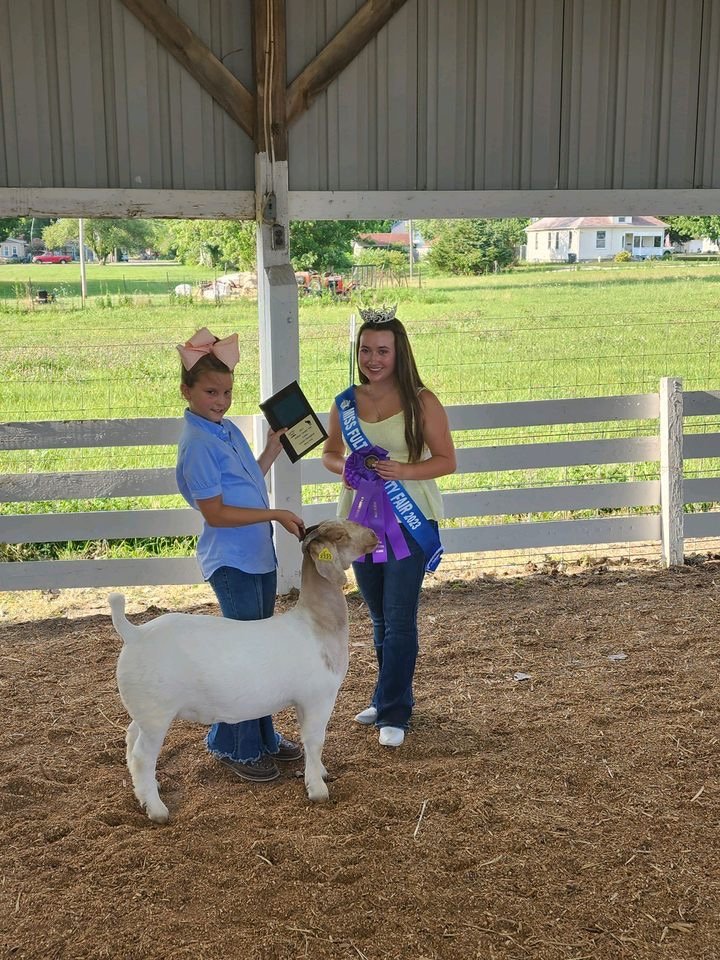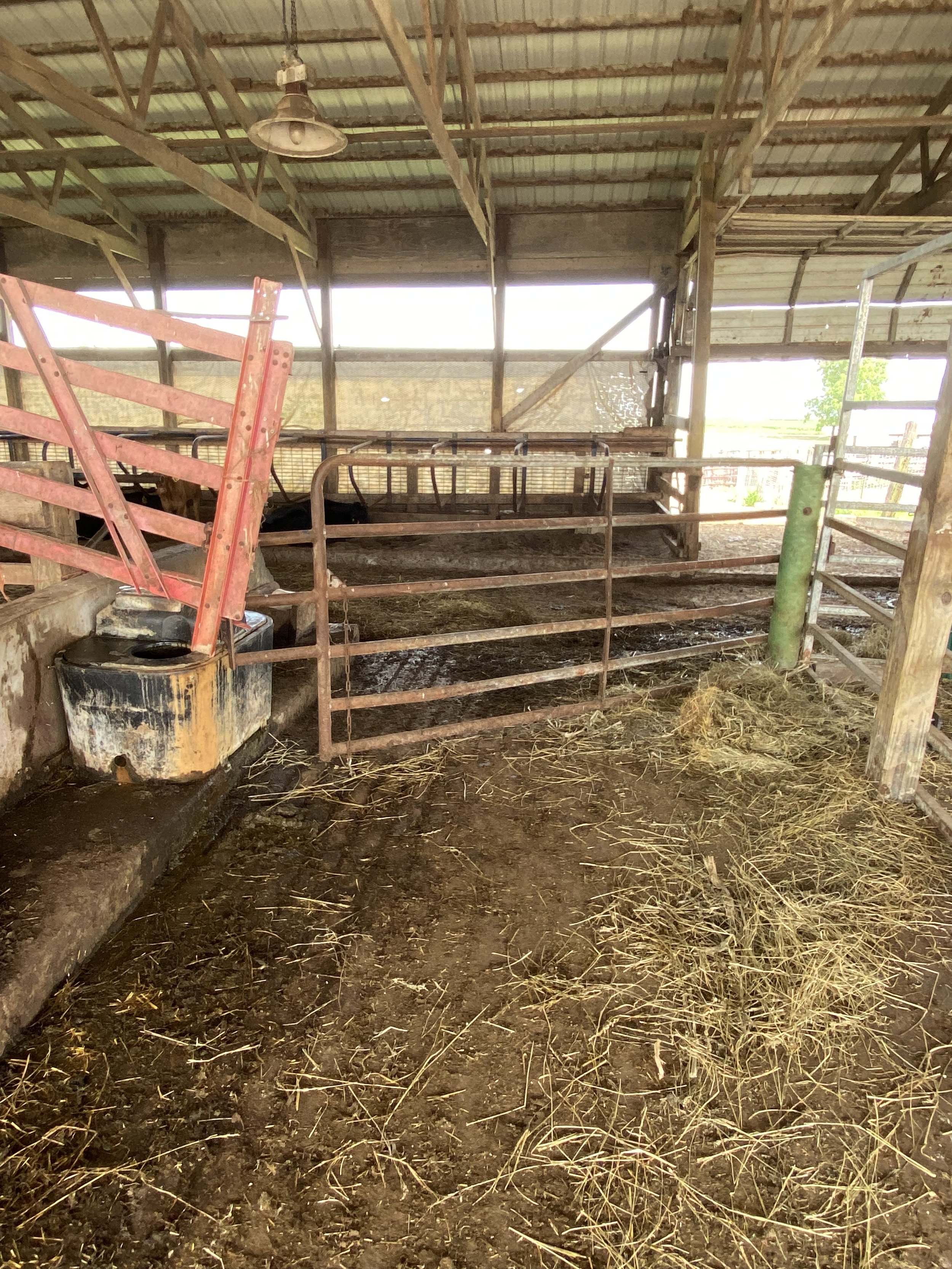First Impressions
/







Partners & Friends,
Our agricultural tour of Europe is already half over. We have been to Holland, Belgium, and Germany and visited the following agriculture related sites so far:
A biodynamic teaching farm in the Netherlands
The world’s largest daily flower auction
Vineyards along the Rhine
A German farm producing hops, cherries, apples, plums, schnapps, and holiday apartments
Throughout the first half of our tour, I have noticed a few things and would like to quickly share:
There is much focus on energy conservation—gasoline is over $10/gallon
All vehicles are diesel, hybrid, electric—we have only seen 2 pickups our entire time here
Everything, including all bottles and cans, are recycled
There is a lot of composting—no land wasted on the farms
Little time is spent on lawn and roadside mowing, meaning a lot of natural flora and savings on labor and equipment
All farms and fields are small, as in 5-10 acres
There is a CRP program similar to ours
In order to reduce carbon and nitrates, the European Union is having land purchased and taken out of production (resulting in the farmer protests)
Food policy and agriculture subsidies are the largest line item for the European Union—great significance is put on keeping all farmers happy and profitable, but green policies are now overshadowing that
Most public restrooms cost 1 euro to get into and use
The farmers here deal with the same issues we do: labor availability, government regulations, profitability, oversupply, succession planning, carbon reduction programs, and work/life balance
Thank you for reading and taking interest in our travels! There is more to come—stay tuned.
Steve



















